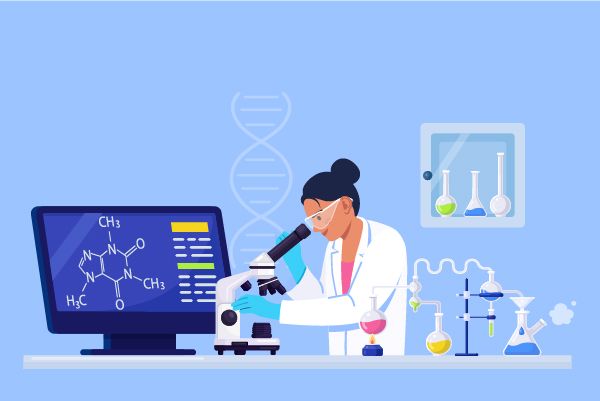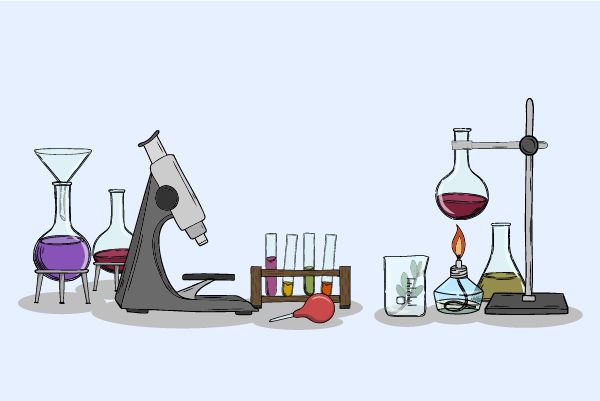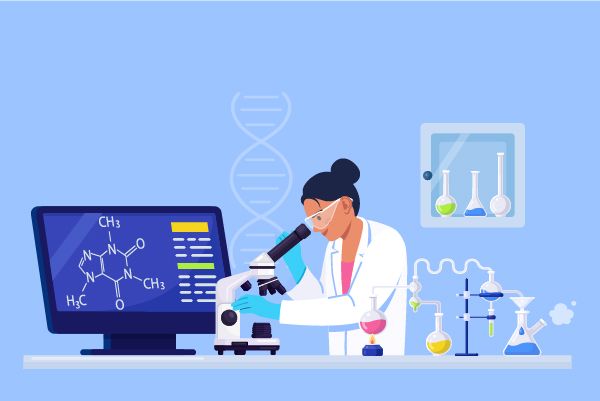Request Demo
Recent blog posts
Drug Insights
2 min read
Unlock the Power of Synapse: A Guide to Searching Epinephrine
22 March 2024
Epinephrine, a minute molecule drug, exerts its action as an adrenergic receptor agonist by targeting the adrenergic receptor, exhibiting an extensive list of active indications.
Drug Insights
2 min read
How to Effectively Search for Progesterone on Synapse
22 March 2024
Progesterone, a diminutive molecule drug, acts as a modulator of the progesterone receptor (PR), exhibiting a broad spectrum of active indications.
Drug Insights
2 min read
Your Ultimate Guide to Finding Glutathione on Synapse
22 March 2024
Glutathione, a diminutive molecule drug, is a versatile medication used to treat a diverse range of medical conditions.
Drug Insights
2 min read
Explore Ezetimibe on Synapse: Tips and Tricks for Better Search Results
21 March 2024
Ezetimibe, an enigmatic small molecule drug, bewilders the medical community with its ability to inhibit the NPC1L1 protein.
Drug Insights
2 min read
Strategically Search Chlorthalidone on Synapse: A How-to Guide
21 March 2024
Chlorthalidone, a small molecule drug, operates via the inhibition of the NCC protein that is responsible for sodium and chloride reabsorption in the kidneys.
Drug Insights
2 min read
Harnessing Synapse for Colchicine Information: Strategies and Tips
21 March 2024
Takeda Pharmaceutical's approval of colchicine in January 1995 marked a significant milestone in the world of medicine.
Drug Insights
2 min read
Effortless Searching: How to Find Benzoyl peroxide on Synapse
21 March 2024
Benzoyl peroxide, a small molecule drug with potent antibacterial properties, was originally sanctioned in January 1968 by Maruho Pharmaceutical for treating acne.
Drug Insights
2 min read
Making the Most Out of Synapse: Searching for Levetiracetam
20 March 2024
Levetiracetam, a diminutive molecular entity, has been engineered to hone in on the synaptic vesicle protein 2A (SV2A) as a modulation target.
Drug Insights
2 min read
Synapse Simplified: How to Find Ketoconazole Information
19 March 2024
Ketoconazole, a diminutive molecular compound, functions as an inhibitor of CYP51A1.
Drug Insights
2 min read
A Complete Guide to Searching Misoprostol on Synapse
19 March 2024
Misoprostol is a small molecule drug that exerts its pharmacological effects through the activation of EP2 receptors in the body.
Drug Insights
2 min read
Maximize Your Synapse Use: Your Guide to Searching Atendol
19 March 2024
Atendol, a small molecule drug, falls under the ambit of the β1-adrenergic receptor antagonists class.
Drug Insights
2 min read
Master Morphine Search on Synapse
18 March 2024
Morphine Sulfate, an exceptional and potent drug, selectively targets opioid receptors in the body, providing unsurpassed relief from pain and its associated effects.











